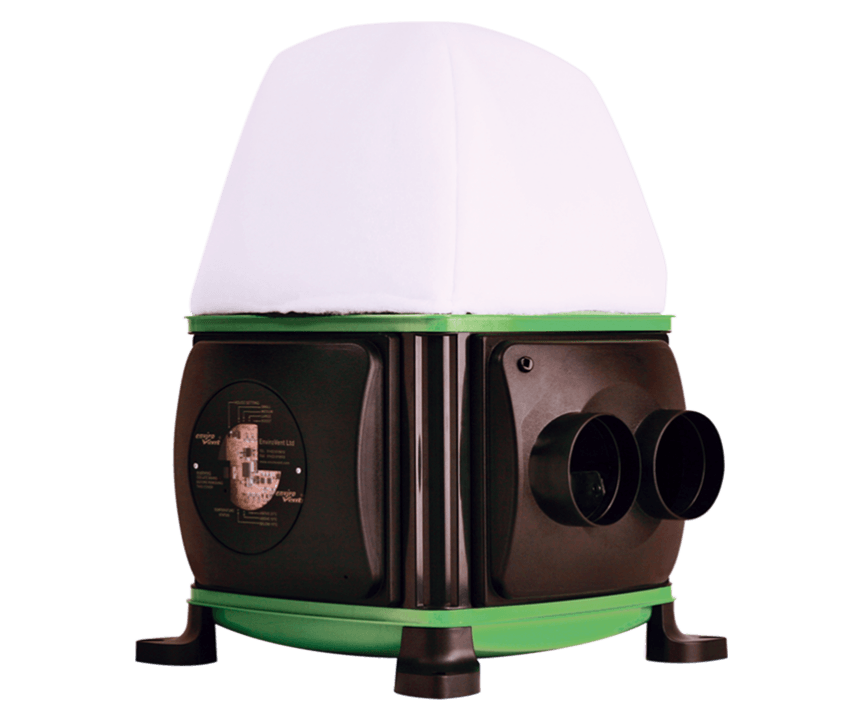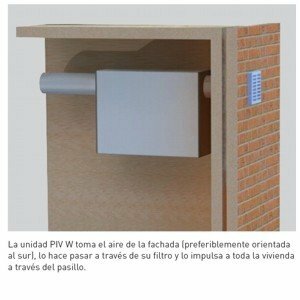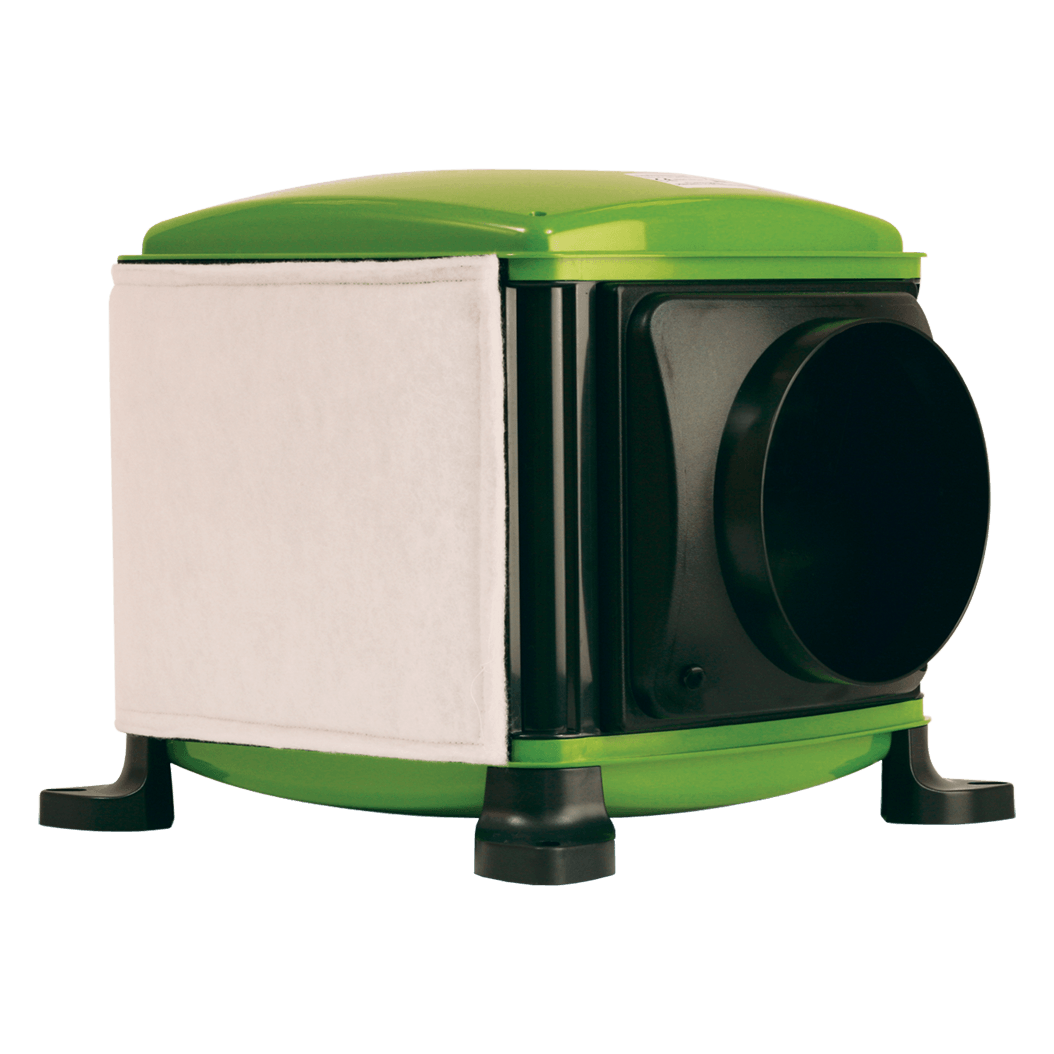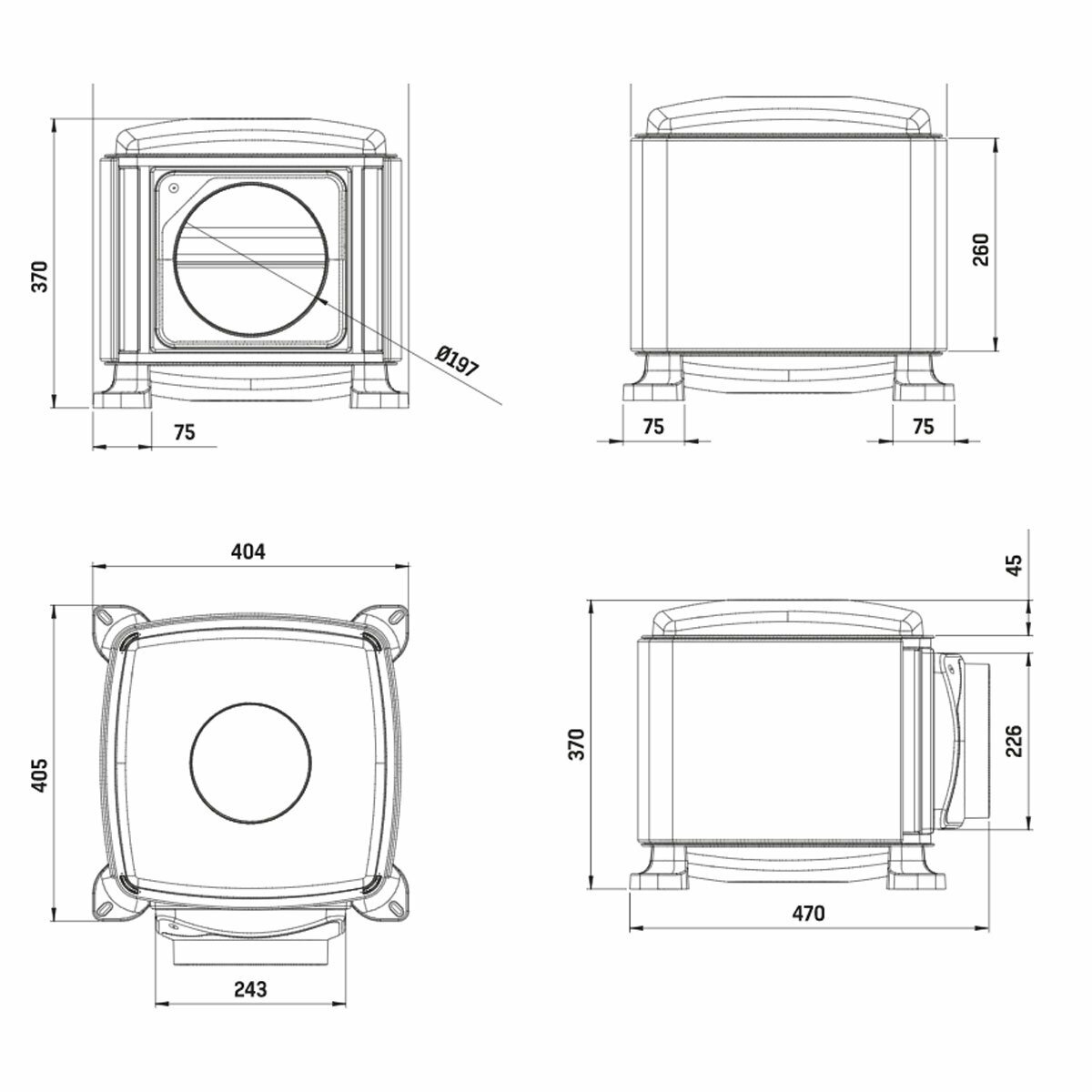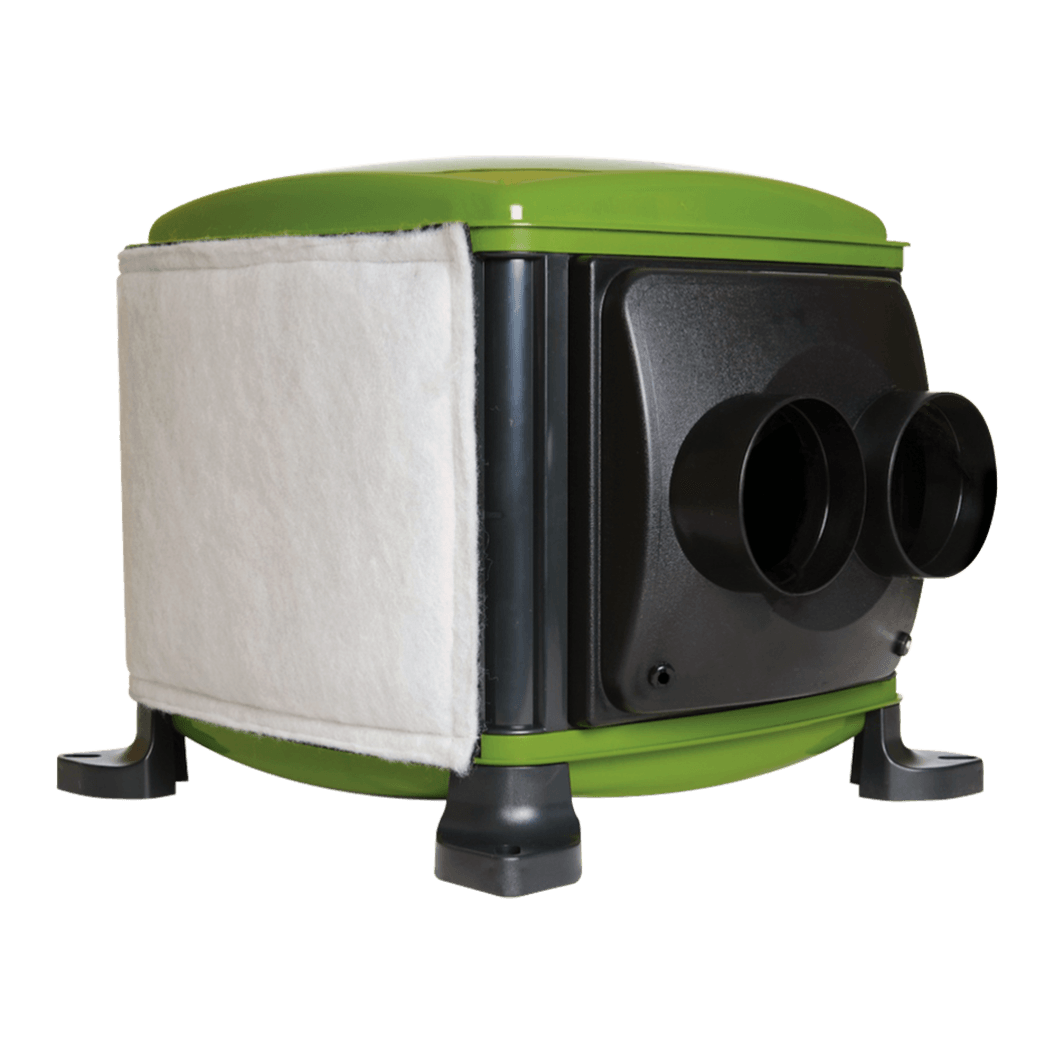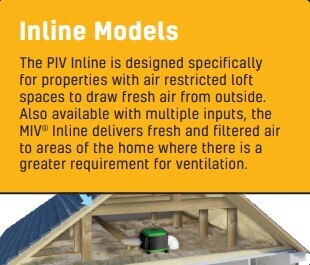Radon and PIV
What is Radon?
Radon is a naturally occurring radioactive gas. It originates from the decay of uranium,which is present in small quantities in all rocks and soils. It is colourless, odourless and tasteless and can only be measured using special equipment. Because it is a gas, radon can move freely through the soil enabling it to enter the atmosphere. When radon surfaces in the open air, it is quickly diluted to harmless concentrations, but when it enters an enclosed space, such as a house, it can sometimes accumulate to unacceptably high concentrations.
Radon can enter a building from the ground through small cracks in floors and through gaps around pipes or cables. Radon tends to be sucked from the ground into a building because the indoor air pressure is usually slightly lower than outdoors. This pressure difference occurs because warm indoor air is less dense than outdoor air.
Radon decays to form tiny radioactive particles, some of which remain suspended in the air. When inhaled into the lungs these particles are deposited in the airways and attach themselves to lung tissue. They may damage cells in the lung and this damage may lead to lung cancer in later life. Radon is classified as a Group 1 carcinogen by the International Agency for Research on Cancer, a part of the World Health Organisation. This means that there is direct evidence from human studies to support the link between exposure to radon and the induction of lung cancer.
What Does My Radon Measurement Result Mean?
The RPII advises that, if the radon concentration in your home is above the national Reference Level of 200 bq/m3, you should consider taking remedial action to reduce it. The Reference Level does not represent a rigid boundary between safe and unsafe radon concentrations but rather a level at which it is prudent to consider remediation. Using international risk estimates the RPII has calculated that some 150 to 200 lung cancer deaths every year in Ireland are due to radon.
Radon Remediation Techniques
In recent years a considerable body of experience has been built up on effective and relatively inexpensive remedial techniques for reducing indoor radon concentrations.
Radon remediation works either by preventing the entry of radon into a building from the soil or by removing it after it has entered by means of improved indoor ventilation. The most common remediation techniques include: sub-floor depressurisation (radon sump), increased under-floor ventilation, positive pressurisation (PIV), increased indoor ventilation and the sealing of cracks and gaps in the floor and around service entry points.
Positive Pressurisation (PIV)
This method of radon remediation involves blowing air into the house from a specially installed positive input ventilation unit in the attic, thus achieving a slight positive pressure in relation to outside air. This reduces radon entry due to a pressure effect causing air to be forced out through cracks, joints, windows and openings. Positive input ventilation also has the effect of increasing ventilation and thereby reducing the radon concentration by dilution. Positive pressurisation is best achieved in relatively airtight houses.
Some existing houses may be relatively draughty and measures to reduce draughts may be needed to ensure effective pressurisation. It has the added advantage of reducing condensation problems and carbon monoxide levels while supplying clean fresh air all year round. As you see from the above table from the Radiological Protection Institute of Ireland Positive Input Ventilation can be effective up to 700 bq/m3. However, according to Brian Ahern, Chairman of the Radon Council, even an exposure to 200 bq/m3 over an 8 hour period per day will be equivalent to 90 chest x-rays per year. So even if your home is within the limit it is beneficial to your health to lower the radon level as low as possible.


